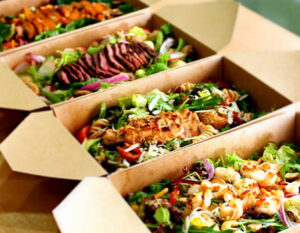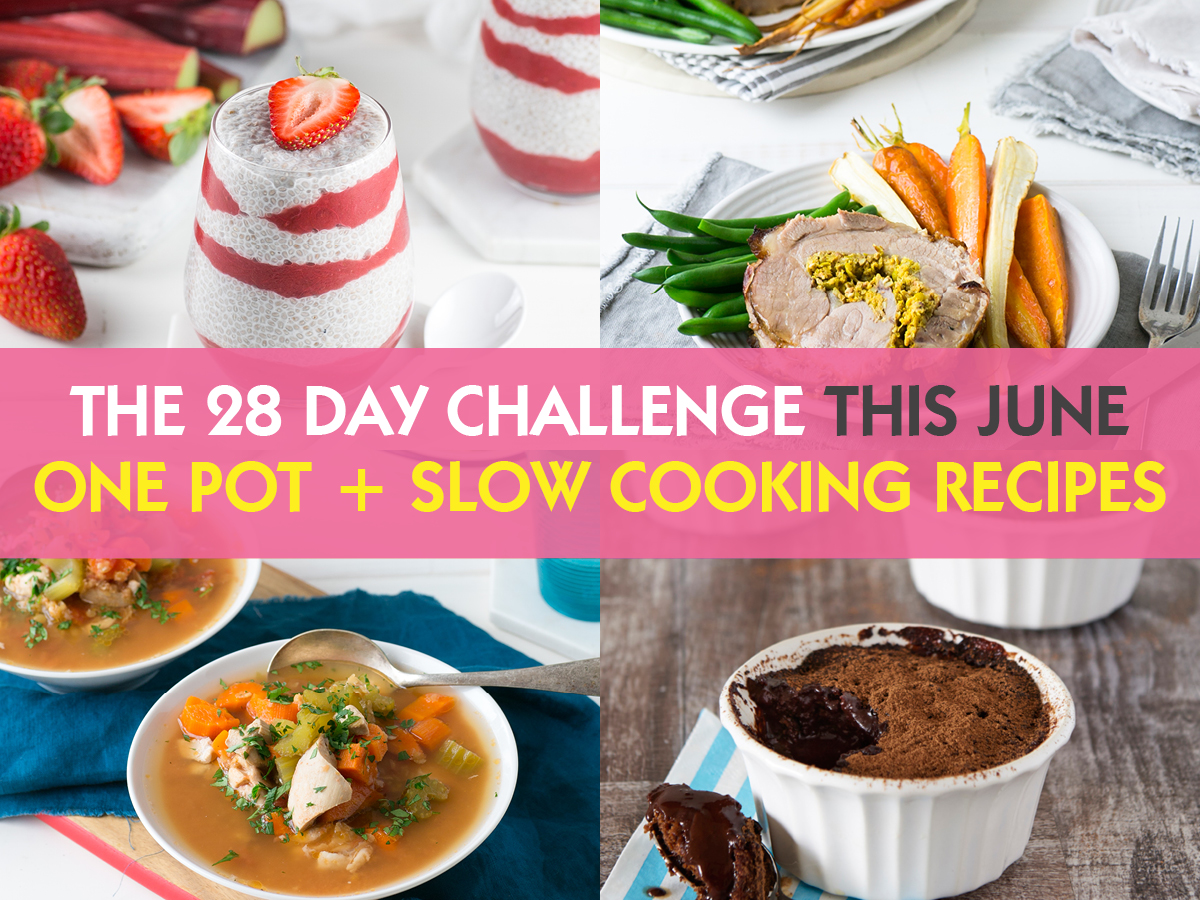When following healthy eating meal plans and looking for the best ways to lose weight eating healthy while out and about can be tricky.
Is sushi always a good choice? What about salads and pre-made sub type sandwiches? Nikki Boswell, one of the Nutritionists from the 28 Day Weight Loss Challenges, shares some information about what to consider when buying takeaway that’s marketed as the “healthy option”:
We all want to make healthy choices, but it’s not always as straight forward as we would like. So here as some quick tips to help cut through the marketing tricks and hype and make those seemingly healthy choices even healthier.
Sub Sandwiches
Sub sandwiches like those from Subway, are often a top pick for a healthy takeaway and provided you choose wisely, they can offer a nutritious choice. Firstly keep your portion size in mind and avoid fancy breads such as those topped with cheese or sweetened with honey, opting for wholegrain or meal varieties instead.
Use kilojoule labelling on the menu board as a guide, but be sure to read the fine print and avoid deviating from the standard formula with additional meats or cheeses.
Choose lean, uncoated meats, opting for minimally processed options if possible (e.g. grilled chicken or tuna) and make the salad the star of your sub. Be cautious with your choice of sauces too – either skip them altogether and opt for just a little pepper, or don’t be shy about asking them to add sauces sparingly.
Sushi
Another classic option when trying to eat healthy when out and about, and although white rice is typically considered not to be such a great option due to its high GI, sushi rice is actually low GI and has the additional benefit of resistant starch which forms during the cooling process and can be thought of as a ‘super food’ for our gut bacteria.
Unfortunately this doesn’t make it a free-for-all; it is important to watch your portion size and choose fillings that offer additional nutritional benefit such as avocado, cucumber and other vegetables, salmon and tuna or other uncoated seafood such as calamari and avoid varieties that contain crumbed and fried fillings.
Takeaway Juices & Smoothies
Often a “go-to” when looking for a healthy option but unfortunately the marketing hype has vastly over stated their actual health benefit.
Yes – they contain fruit and vegetables, which offers important nutrients BUT the quantities of fruit and vegetables contained in these drinks is far more than you would typically eat in one sitting, and it’s consumed at a rate far quicker which can contribute to weight gain.
The serving size of these drinks is often excessive and fruit juices and sorbets are often used to ‘top up’ the volume of the smoothie and help give it creaminess and add sweetness – along with a lot of added sugar. In this case, homemade is definitely a better option, like the Healthy Mummy Smoothies.
Pre-Made Muesli Bars
Muesli bars can be a really convenient snack to keep on hand and many are actually a nutritious option – and thanks to the new Health Star Rating System, figuring out which ones is getting easier. Muesli bars that are getting a higher health star rating are more likely to contain whole grains and protein from ingredients like nuts and be lower in added sugar but be sure to check the portion size and avoid bars that are coated in yoghurt or chocolate.
 Yoghurt
Yoghurt
When it comes to yoghurts there is just so much confusion. On one hand we are told yoghurt is a healthy choice, but on the other hand we are told they are loaded with added sugars – with the inclusion of fruit in many varieties making it oh so difficult to interpret the sugar levels on the nutrient information panel.
So here is the low down when choosing a flavoured yoghurt; start by checking the portion size, but make your comparisons between products by looking at the per 100g column.
Next check the ingredients list and take notice of how far down the list sugar is listed (the further down the list the better), if the product contains fruit it should be listed on the ingredients well ahead of sugar, with the product overall containing no more than 15g of sugar per 100g (15% – which will include the naturally occurring sugars from the yoghurt and the fruit as well as any added sugar which will be listed in the ingredients).
Takeaway Salads
Finally, of course a takeaway salad is a healthy choice, right? – if only it was as simple as saying ‘always,’ but unfortunately there are many salad options and variations, some of which can really blow out the best of our healthy eating intentions.
As a basic rule leafy greens and non-starchy vegetables should be the star of the salad and other ingredients like meats and cheeses used sparingly to add texture and flavour.
Dressings are also a wonderful part of a salad and when based on good quality olive oil and vinegar can add a great nutritional boost, but if applied too heavy-handedly or based on creams, can add a huge amount of calories and less nutritious fats.
Nikki Boswell, Nutritionist
If you loved this recipe and want to see more of what’s in the 28 Day Challenge then we have a recipe pack for you to try FREE. Just pop in your details below and it will be in your inbox in just a few minutes.
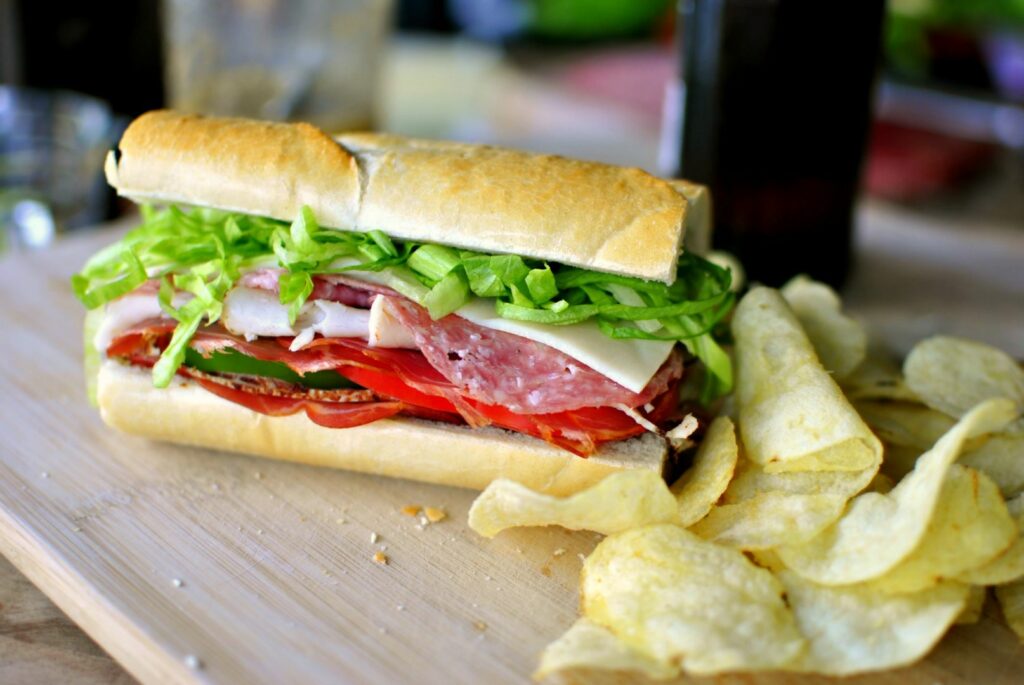
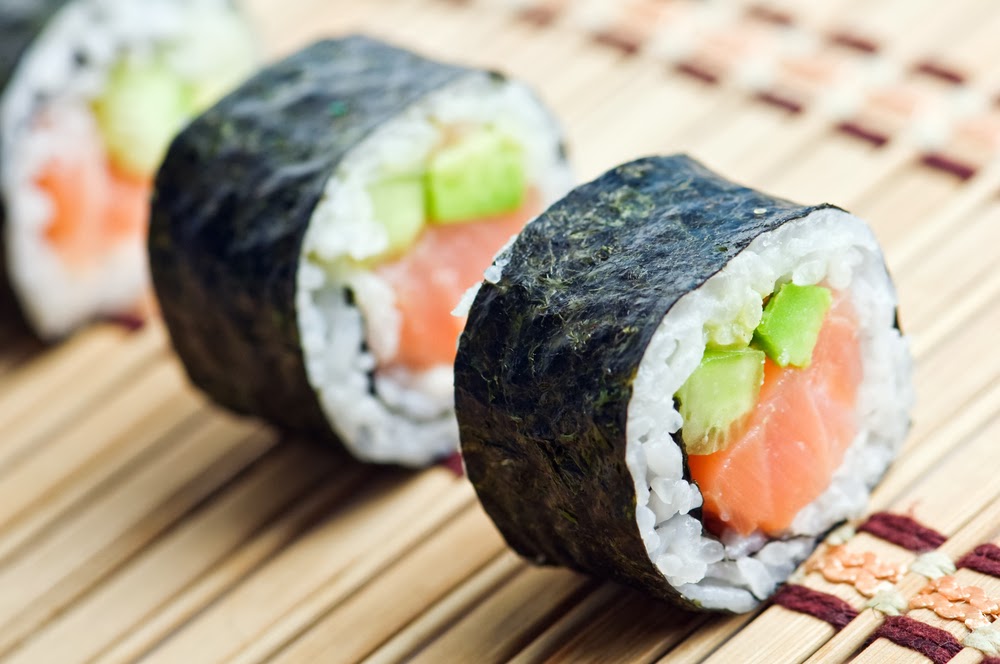
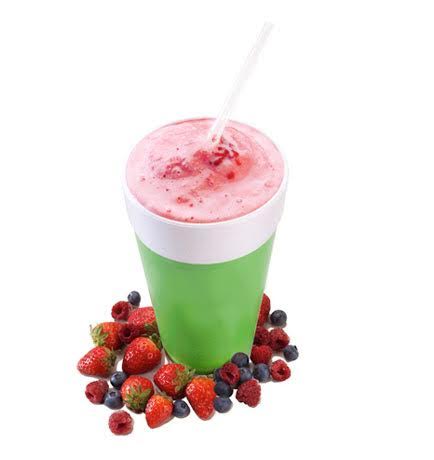
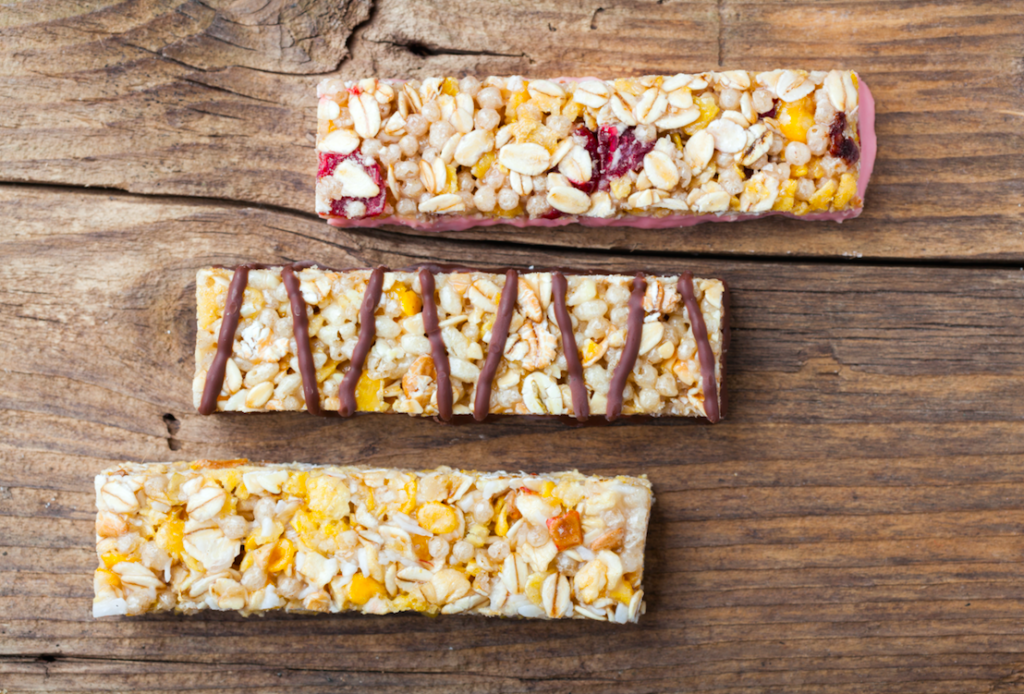
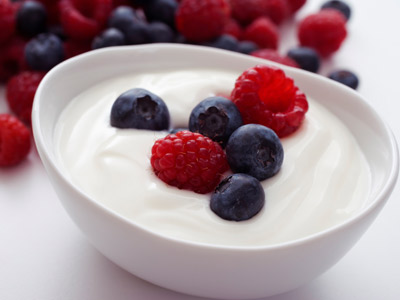 Yoghurt
Yoghurt